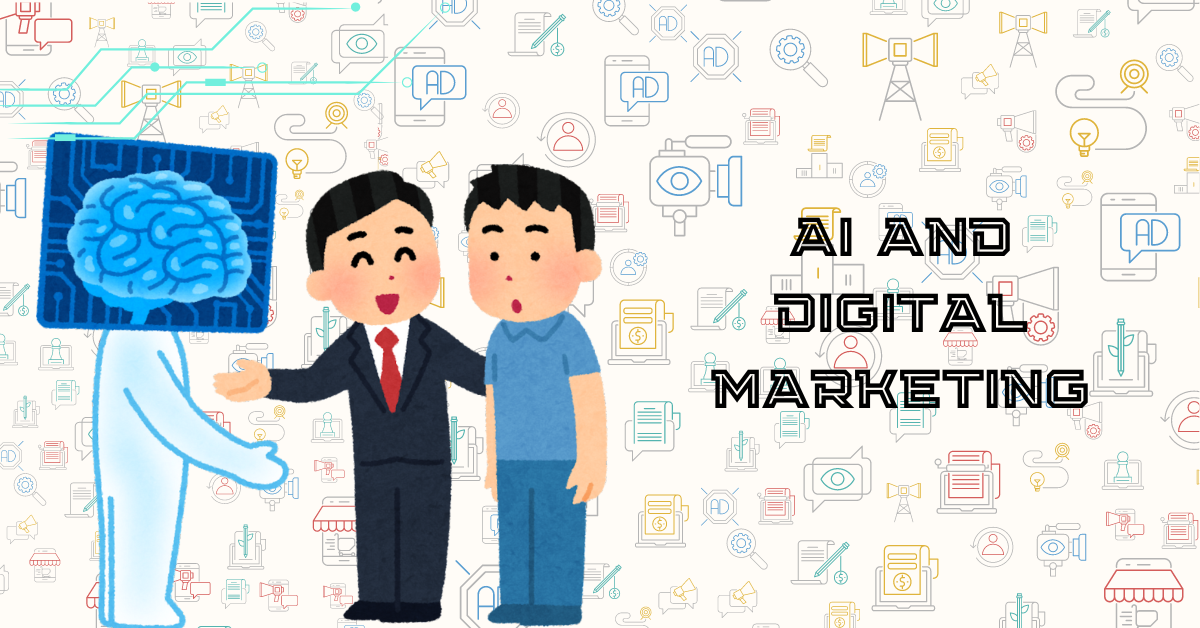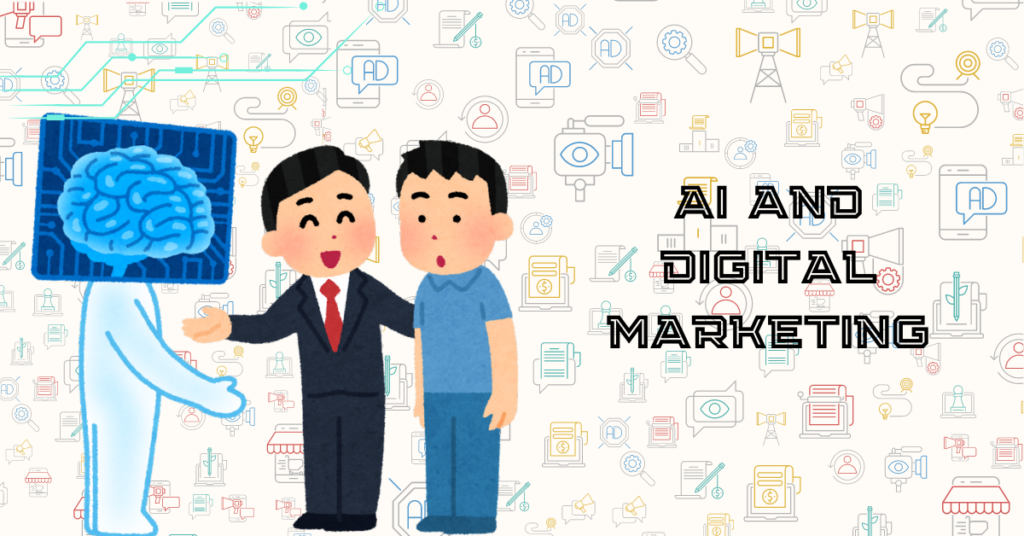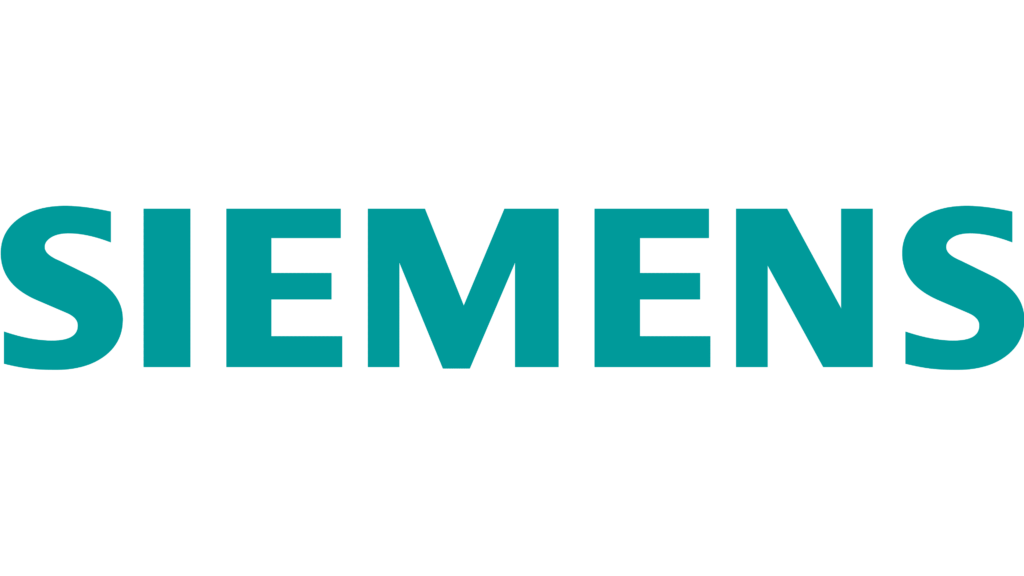
Considering Investment in Manufacturing? Opt for a Staggered Approach
Financial planners are advising investors bullish on India’s manufacturing sector story to consider investing in HDFC Asset Management’s Manufacturing Fund, but they recommend spreading the investment over 12 months instead of making a lump sum investment at this time. First-time investors, however, may want to skip this fund launch.
The NFO (New Fund Offer) of HDFC Manufacturing Fund, managed by Rakesh Sethia, is currently open and will close on May 10. Investors can start with as little as ₹100 in this fund, which will be benchmarked against the Nifty India Manufacturing TRI Index. An exit load of 1% will be charged for redemptions made within a month of investment.
“Core sector manufacturing is poised for significant growth driven by government policies, technological advancements, and rising demand,” says Rajat Dhar, managing partner at Finogent Solutions. “Investors seeking to diversify their equity holdings beyond sectors like finance and technology can consider this fund and distribute their investments over the next 6-12 months.”
At least 80% of the scheme’s portfolio will be allocated to shares of sectors such as capital goods, oil & gas, auto, healthcare, consumer durables, metals and mining, chemicals, textiles, and construction materials.
Financial planners are cautioning new investors against rushing into thematic funds. “Investors should first build a core portfolio of diversified funds before exploring thematic funds,” advises S. Shankar, CFP, from Credo Capital.
Originally posted on: https://economictimes.indiatimes.com/mf/analysis/bullish-on-theme-manufacturing-go-for-staggered-investment-plan/articleshow/109708560.cms?from=mdr

















